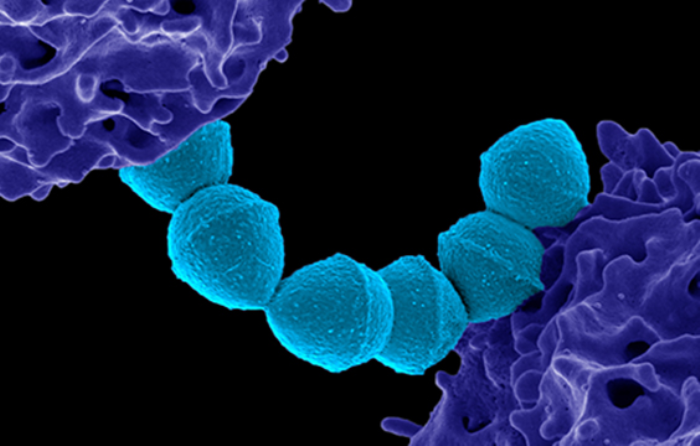In Spain, there was a significant increase in the number of serious infections caused by Streptococcus pyogenes in children, the most common being pneumonia.

Compilation
Although it is a common pathogen in the pediatric population, Streptococcus pyogenes caused a significant increase in severe and invasive infections among this population in the 2022–2023 fall/winter season. Pneumonia turned out to be the most common and severe clinical condition in children. This is evidenced by a study of several Ciber teams coordinated by the pediatric services of the Madrid hospitals La Paz and Gregorio Marañon, as well as the National Center for Microbiology of the Carlos III Institute of Health (ISCIII).
Pneumonia was found to be the most common and severe clinical illness in children between September 2022 and March 2023.
Flash Streptococcus pyogenes This phenomenon was not unique to Spain, it was also observed in other European countries, where an increase in the number of mild infections such as pharyngotonsillitis and scarlet fever was also recorded. Research researchers, recently published in mSphere magazineanalyzed invasive S. pyogenes infections in children across the country to determine whether the outbreak is due to the circulation of new, more virulent strains, waning immunity after the pandemic, or genetic susceptibility in certain individuals.



“A prospective collection of strains causing serious infections in boys and girls showed that pneumonia was the most common and severe clinical condition (44.1%), followed by soft tissue abscesses (24.7%) and osteoarticular infections (11). ,8%). »explain this Dr. Cristina Calvo, one of the coordinators of the study, head of the Ciberinfec group and specialist in the Pediatric and Infectious Diseases Service of La Paz. Of the children who had any of these clinical conditions, almost half required hospitalization in intensive care units.
Pneumonia was accompanied by soft tissue abscesses and osteoarticular infections.
While more research will be needed to pinpoint the reasons for the rise in infections, the Ciber teams suggest that the rise in invasive infections due to S. pyogenes may be largely due to the situation with the immune debt of patientsespecially after the pandemic.
“The increase in incidence may be due to a combination of factors, which may include changes in disease epidemiologysuch as the evolution of bacterial strains and their antimicrobial resistance, as well as environmental and behavioral factors that may contribute to the transmission of bacteria.”Explain Eva Ramirez de ArellanoCiberinfec researcher at the National Center of Microbiology of the Carlos III Health Institute.
Important geographic dispersion of the hypervirulent M1UK strain previously described in the United Kingdom was found, although it was not associated with greater disease severity.
The study revealed that, despite the predominant presence of strains of the emm1 and emm12 types, it is important geographical distribution of the hypervirulent strain M1UK, previously described in the UK, among emm1 strains in Spain. However, this was not associated with greater severity. In addition, population differences were observed between mild and invasive strains, highlighting the presence of the emm89 type among mild cases.
“Our results suggest general increase in this pathogen, highlighting the need for surveillance“indicates Jesus Oteoscientific director of Ciberinfec and researcher of CNM-ISCIII. “However, further studies on the immune response are currently being carried out to shed more light on this issue, in collaboration with the Ciberinfec group led by Rafael Canton from the Ramón y Cajal University Hospital.” the director adds.
